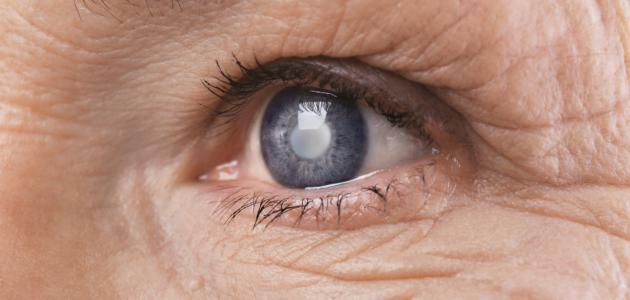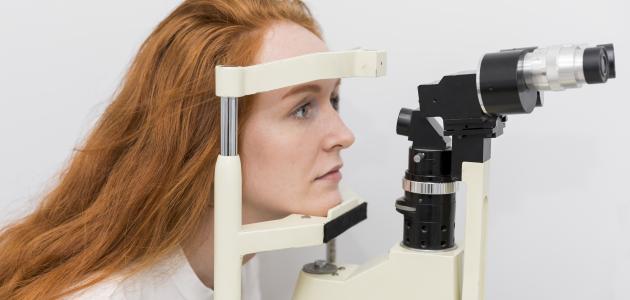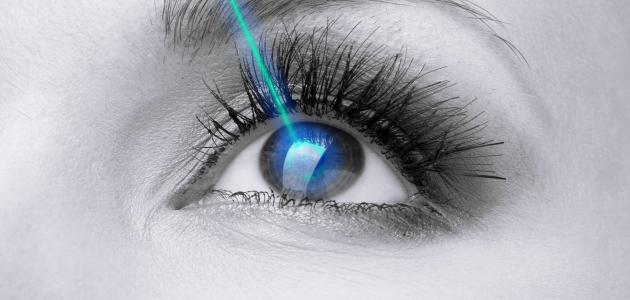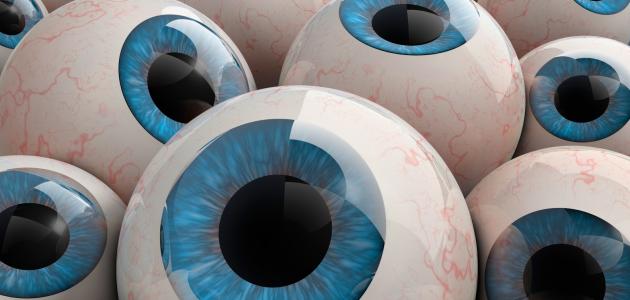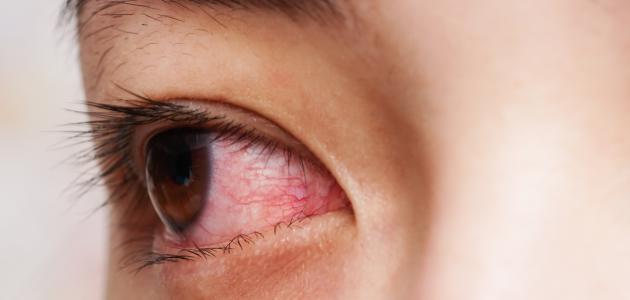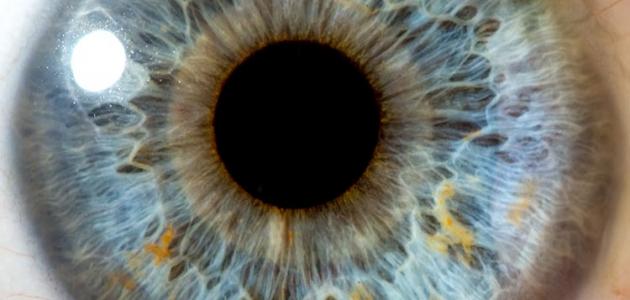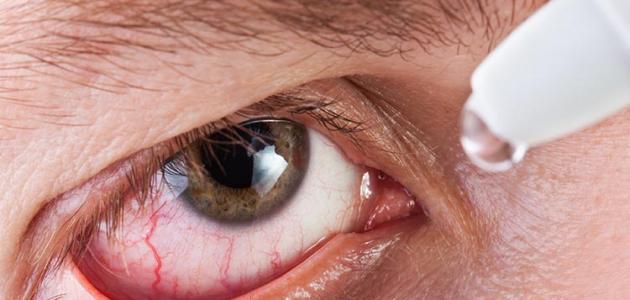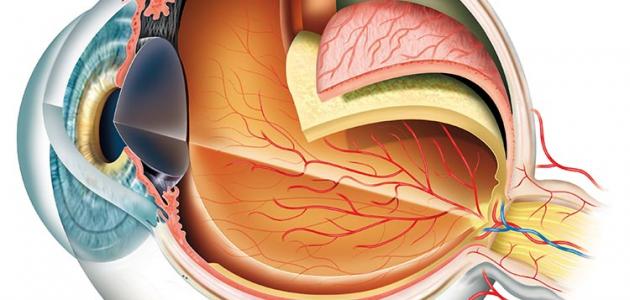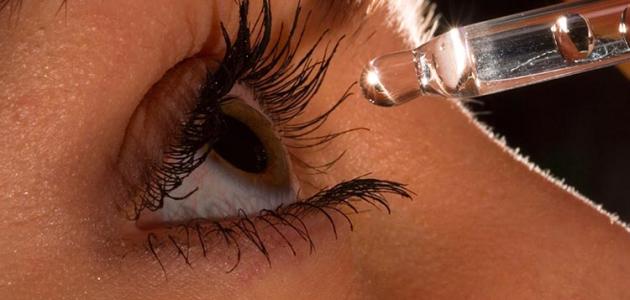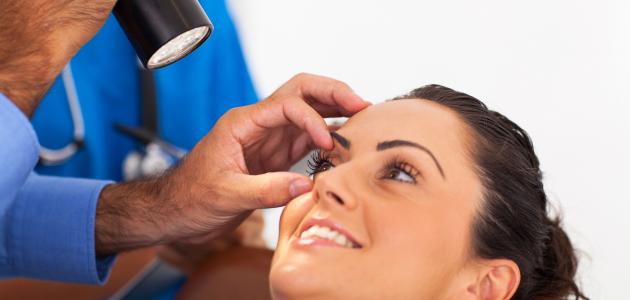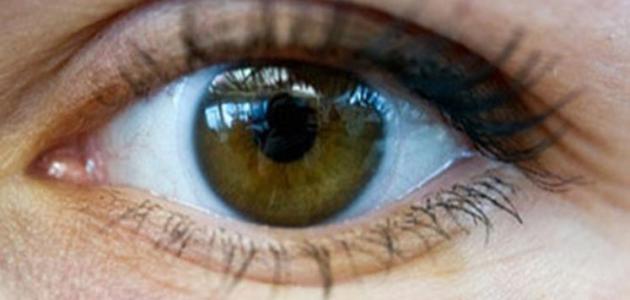Contents
Overview
Glaucoma, in medical terms, refers to glaucoma, glaucoma, or glaucoma, and this condition expresses a group of eye disorders, which is the exposure of the optic nerve to progressive damage, and this condition may result in the loss of nerve tissue And, in fact, the optic nerve represents a bundle of nerve fibers that number about one million, and transmits visual signals from the eye to the brain , and it is worth noting that glaucoma often develops as a result of high pressure inside the eye that affects the optic nerve, and it can also develop in people Whose eye pressure is also normal, [1]With regard to cases of glaucoma caused by high intraocular pressure, it should be noted that the rise in intraocular pressure occurs as a result of the inability to properly drain the aqueous humor in the eye, and thus it accumulates inside the eye causing high pressure in it, and in this context it is referred to as the aqueous humor It represents a transparent liquid that nourishes the eye , flowing in and out of the eye through a mesh-like channel, and the fact that high intraocular pressure is the most common risk factor that promotes the development of glaucoma, and among the risk factors for glaucoma as well: over the age of forty, and belonging to African American ancestry Exposure to a previous injury to the eye, and a family history of glaucoma, as well as the use of corticosteroid drugs . [2] [3]
Glaucoma usually affects both eyes, although one eye may be affected more than the other. [2] There are several types of glaucoma, the most common of these types known as open-angle glaucoma and closed-angle glaucoma. , [4] According to one of the studies published by the American Academy of Ophthalmology for the year 2014, the global incidence of glaucoma is about 3.54%, where the incidence of open angle glaucoma is about 3.05% and closed angle glaucoma is about 0.50% Worldwide, [5] it is worth noting the need to make early diagnosis and follow the treatments prescribed by the doctor; As adherence to the treatment plan prevents the patient or at least reduces the possibility of his suffering from potential complications. [6] [2]
Symptoms of glaucoma
In fact, the symptoms of glaucoma depend on the type and stage of infection, [7] and it is indicated that glaucoma is divided into two main types depending on the cause, primary and secondary, and symptoms can be explained accordingly as follows: [8]
Primary glaucoma
In cases where the cause is not known; Called the term primary glaucoma, primary glaucoma is represented by open-angle, closed-angle, normal-tension, or congenital (congenital) glaucoma, and the symptoms of each of them can be explained as follows: [8]
Open-angle glaucoma
The incidence of open-angle glaucoma is the blockage of the drainage channels in the eye with the passage of time, causing an increase in the pressure inside the eye and thus damaging the optic nerve, but in this case the angle in the eye where the place where the iris meets the cornea is wide and open, as is the case in the normal position. Indication that there are no warning signs or symptoms that warn of developing open-angle glaucoma in the early stages, as this condition progresses slowly, and may not be accompanied by a significant loss of vision for several years, [4]In the event that symptoms develop, they are represented by a gradual loss of peripheral vision. So that this affects both eyes in almost all cases, and in advanced stages the patient may suffer from tunnel vision, and it means the loss of the ability to see from the sides and edges of the eyes, and the vision is limited to the central part, and thus it appears to the patient as if he is looking from Tunnel. [9] [10]
Closed angle glaucoma
Closed angle glaucoma is the most common form of glaucoma in some Asian people, and this condition may occur suddenly, or it may develop slowly over time, and unlike open angle glaucoma in that the drainage area where the iris meets the cornea is narrow, and this causes accumulation Fluid in the eye and high intraocular pressure, [11] [12] and the symptoms of closed-angle glaucoma can be indicated depending on the type, whether it is acute or chronic, as follows: [13]
- Chronic type: this type of glaucoma develops very slowly, and it may damage the optic nerve without developing any symptoms.
- The acute type: It represents a medical emergency that requires immediate treatment, and the main signs and symptoms associated with this condition can be explained as follows:
- Severe eye pain.
- Nausea and vomiting.
- Visual disturbances occur suddenly, and this often appears when the lighting is dim.
- Blurred eyes.
- Seeing halos around lights.
- Red eyes .
Normal tension glaucoma
Eye pressure is within the normal range for normal tension glaucoma, although some signs of glaucoma appear; Spots appear in the field of vision and damage to the optic nerves. [14]
Congenital glaucoma
The problem of congenital glaucoma is a rare form of glaucoma, as a child is born with this condition or it may develop in the infant after birth, and congenital glaucoma is due to the abnormal development of drainage channels in the eye of the child, resulting in the emergence of a group of symptoms that It can be noticed instantly; And represented by blurring of the eye, enlarging the size of the eye so that it appears larger than normal, and increased tear production in them, in addition to the inability to tolerate light. [12] [8]
Secondary glaucoma
Cases where glaucoma is linked to another health problem is called secondary glaucoma, as the cause of high eye pressure in it is known, causing damage to the optic nerve , and it may be due to exposure to an eye injury, infection, or the use of certain types of drugs ; Like steroids, this type of glaucoma may also develop in advanced cases of cataracts or diabetes, and it is worth noting that there are several types of secondary glaucoma, namely: vascular glaucoma , and pigmentary glaucoma Pigmentary, Exfoliation glaucoma, the latter type known as Uveitis-associated glaucoma, [15] [8]In fact, the symptoms of secondary glaucoma depend on the type, and some examples of that are given below. [16]
Vascular glaucoma
Vascular glaucoma is due to the abnormal development of new blood vessels on the iris and drainage channels in the eye, as these new blood vessels reduce the outflow of eye fluid through the drainage channels, which causes an increase in pressure inside the eye, and it is indicated that this condition does not occur from On its own, the occurrence of this type of glaucoma is often linked to the development of another disorder. This is often the result of diabetes , [15] symptoms of this type of glaucoma are pain or redness of the eyes, or loss of vision. [8]
Pigmentary glaucoma
This type of glaucoma often develops during the early or middle stage of adulthood, and this condition is due to the accumulation of melanocytes - which originate from the iris and spread inside the eye - in the ducts that work to drain fluid from the eye, which disrupts the normal flow of fluid in the eye. This causes high eye pressure, [10] and the symptoms of pigmentary glaucoma are blurred eyes, or seeing rainbow-colored rings around lights; Especially when you are exercising. [8]
Cases that need to see a doctor
The person is encouraged to see a doctor or an eye specialist if there are any concerns about vision, and as was mentioned earlier, early diagnosis and treatment in cases of glaucoma helps to maintain the safety of the eyes and reduce vision loss, and on the other hand it should be noted that leaving this condition without treatment It may cause vision loss and possibly vision loss , [17] and the person should go to the emergency room or the ophthalmologist immediately in case he suffers from the symptoms of glaucoma that were previously explained. [7]
Tips to reduce glaucoma
In fact, it is not possible to prevent glaucoma, but self-care can help to detect this condition in its early stages, as this contributes to slowing the progression of the condition and preventing damage to the eye. Including loss of vision, and the most important instructions that can be followed to achieve this can be explained as follows: [11] [7]
- Undergoing frequent eye examinations, as regular comprehensive eye examinations help to detect glaucoma in its early stages, and therefore treatments can be followed in the early stages to prevent major damage, and the American Academy of Ophthalmology recommends a comprehensive eye examination every 5-10 years For those under the age of forty, while it is recommended every two to four years for those between the ages of 40-54 years, every year to three years for those between the ages of 55-64 years, and every year to two years for those over the age of 65 years If the person is at risk of developing glaucoma or has certain diseases; As with diabetes, you should undergo this test more frequently.
- Familiarity with family history related to eye health, as glaucoma may be hereditary in some families, which requires frequent examination, and in the context of this it is indicated the importance of undergoing a comprehensive eye examination under the supervision of an ophthalmologist every year to two years for those over forty years of age and have a worker A family history of glaucoma.
- Doing moderate exercise safely and regularly, as this contributes to reducing the incidence of glaucoma by reducing eye pressure, and in this context it is recommended to seek the advice of a doctor regarding the appropriate exercise program for the person, and in general walking or jogging at least three times a week contributes to reducing eye pressure.
- Using eye drops on a regular basis, as the use of appropriate drops reduces the risk of developing high eye pressure into glaucoma significantly, but it is appropriate not to use any of the drops without consulting a doctor, and in this context it is indicated that the doctor may prescribe the drops in several cases even if The patient did not complain of any symptoms.
- Wear protective eye glasses in a way that can protect them from the risk of injury, and this is recommended when playing some sports or performing certain work.
References
- ↑ "Glaucoma" , www.aoa.org , Retrieved 06-12-2019. Edited.
- ^ A b t "Glaucoma" , Www.my.clevelandclinic.org , Retrieved 06-12-2019. Edited.
- ↑ "Who is at Risk for Glaucoma?" , www.aao.org , Retrieved 02-02-2020. Edited.
- ^ A b "What are the Symptoms of Glaucoma? " , www.glaucoma.org , Retrieved 06-12-2019. Edited.
- ↑ "Global Prevalence of Glaucoma" , www.aaojournal.org , Retrieved December 6 , 2019 . Edited.
- ↑ "glaucoma" , www.aao.org , Retrieved 06-12-2019. Edited.
- ^ A b t "Glaucoma" , Www.mayoclinic.org , Retrieved 06-12-2019. Edited.
- ^ A b t w c h "Types Of Glaucoma" , Www.nei.nih.gov , Retrieved 06-12-2019. Edited.
- ↑ "What does tunnel vision mean?" , www.dictionary.com , Retrieved 06-12-2019. Edited.
- ^ A b "What is glaucoma?" , www.medicalnewstoday.com , Retrieved 06-12-2019. Edited.
- ^ A b "Glaucoma" , the www.webmd.com , Retrieved 08-12-2019. Edited.
- ^ A b "Eyes - Glaucoma" , Www.betterhealth.vic.gov.au , Retrieved 06-12-2019. Edited.
- ↑ “Glaucoma: Signs & Symptoms” , www.brightfocus.org , Retrieved 07-12-2019. Edited.
- ↑ "What Are the Symptoms of Glaucoma?" , www.aao.org , Retrieved 07-12-2019. Edited.
- ^ A b " : Secondary Glaucoma" , Www.glaucoma.org , Retrieved 07-12-2019. Edited.
- ↑ "What Are Glaucoma Symptoms?" , www.webmd.com , Retrieved 07-12-2019. Edited.
- ↑ "Glaucoma" , www.nhs.uk , Retrieved 07-12-2019. Edited.
